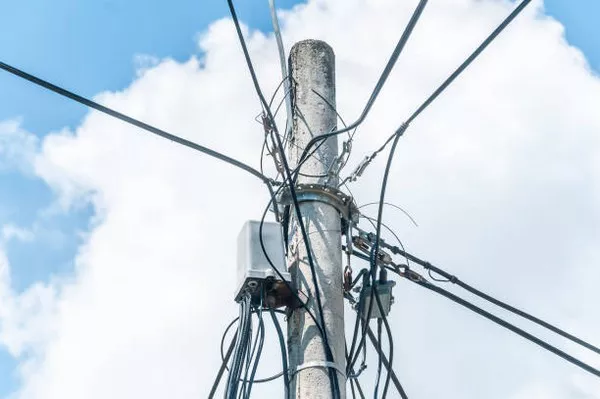Autotransformers stand as marvels of electrical engineering, providing efficient voltage regulation and power transmission across various applications. Understanding their workings unveils the intricacies of power distribution systems. This article delves into the fundamental principles and operations of autotransformers, shedding light on their functionality and significance.
The Basics of Autotransformers
Autotransformers are transformers with a single winding shared between the primary and secondary circuits. Unlike conventional transformers, where the primary and secondary windings are electrically isolated, autotransformers feature a common winding, resulting in cost-effective and compact designs.
Principle of Operation
The operation of an autotransformer revolves around the principle of electromagnetic induction. When an alternating current flows through the primary winding, it generates a varying magnetic field, inducing a voltage across the winding. This induced voltage is then transferred to the secondary circuit through electromagnetic coupling, facilitating voltage transformation.
Voltage Transformation
Autotransformers facilitate voltage transformation by varying the number of turns between the primary and secondary sections of the winding. The ratio of output voltage to input voltage is determined by the winding turns ratio, allowing for step-up or step-down voltage conversion. By tapping into different points along the winding, various output voltages can be achieved, providing flexibility in power distribution systems.
Efficiency and Power Transmission
One of the key advantages of autotransformers lies in their enhanced efficiency and power transmission capabilities. With a shared winding, autotransformers exhibit lower copper losses compared to conventional transformers, resulting in reduced energy wastage and increased efficiency. Moreover, their compact design and simplified construction contribute to lower installation costs and reduced footprint in power infrastructure.
Applications Across Industries
Autotransformers find widespread applications across diverse industries, ranging from electrical distribution networks to industrial processes and renewable energy systems. They play a vital role in voltage regulation, motor control, and grid interconnection, ensuring reliable and efficient power supply in various applications.
Voltage Regulation
Autotransformers are commonly employed for voltage regulation purposes, particularly in electrical distribution networks. By adjusting the tap position along the winding, the output voltage can be finely regulated to meet specific requirements, compensating for voltage fluctuations and maintaining stable power supply to consumers.
Motor Control
In industrial settings, autotransformers are utilized for motor control applications, enabling smooth starting and operation of electric motors. By controlling the voltage supplied to the motor during startup, autotransformers mitigate the risk of voltage sag and excessive current draw, prolonging motor lifespan and enhancing operational efficiency.
Grid Interconnection
In renewable energy systems such as solar and wind farms, autotransformers play a crucial role in grid interconnection and power integration. They facilitate the step-up of voltage levels for efficient power transmission over long distances, ensuring seamless integration of renewable energy sources into the existing grid infrastructure.
FAQs
1. What are the advantages of autotransformers over conventional transformers?
Autotransformers offer several advantages over conventional transformers, including higher efficiency, reduced size and weight, and lower cost. Their shared winding design results in lower copper losses and enhanced energy efficiency, making them ideal for applications where minimizing power wastage is crucial. Additionally, autotransformers’ compact construction translates to reduced installation costs and space requirements, making them a preferred choice in various power distribution systems.
2. How do autotransformers ensure safety in electrical systems?
Autotransformers incorporate safety features such as overload protection and insulation to ensure reliable operation and prevent electrical hazards. Overload protection mechanisms, such as fuses and circuit breakers, safeguard against excessive current flow that could damage the transformer or connected equipment. Moreover, proper insulation materials and techniques are employed to prevent electrical leakage and ensure the safety of personnel and equipment operating in proximity to the transformer.
3. Can autotransformers be used for step-up voltage conversion only?
While autotransformers are commonly employed for step-up voltage conversion, they can also facilitate step-down voltage transformation by adjusting the tap position along the winding. By tapping into different points of the winding, various output voltages can be obtained, allowing for both step-up and step-down voltage conversion as per the requirements of the application. This versatility makes autotransformers suitable for a wide range of voltage transformation tasks across diverse industries.
See Also What Type Of Transformer Is Used In Automatic Voltage Stabilizer
Conclusion
Autotransformers epitomize efficiency, reliability, and versatility in the realm of electrical engineering. By harnessing the principles of electromagnetic induction, these ingenious devices enable seamless voltage transformation and power transmission across a myriad of applications. From voltage regulation in distribution networks to motor control in industrial processes, autotransformers continue to play a pivotal role in shaping modern power infrastructure and driving technological advancement.

